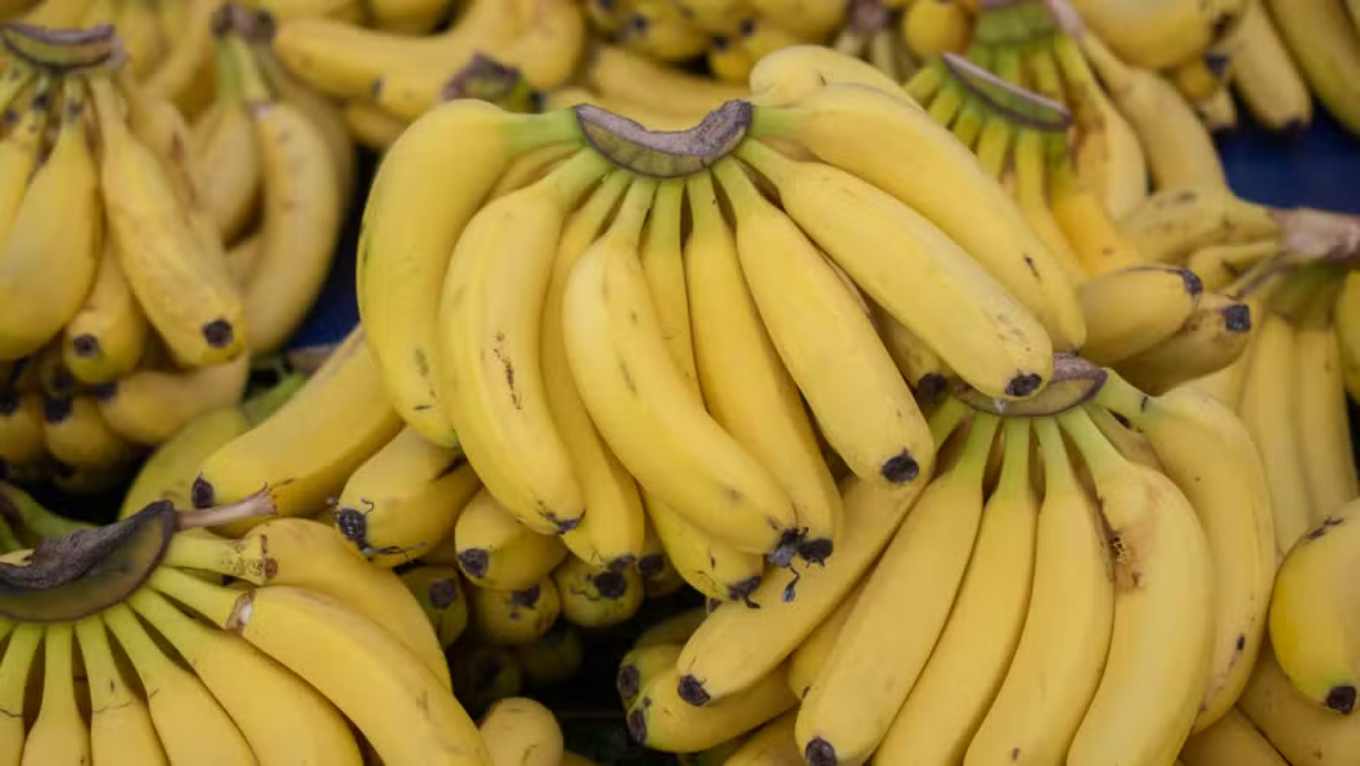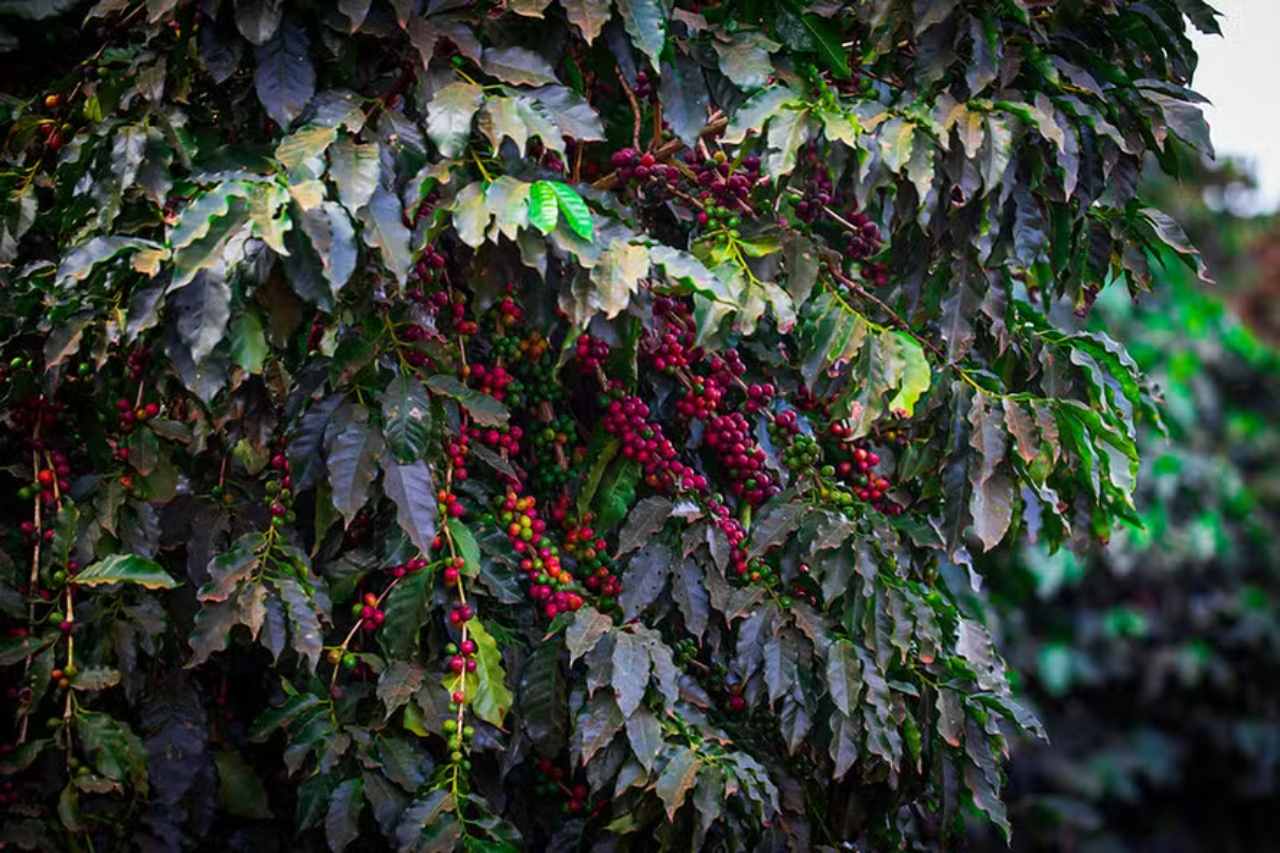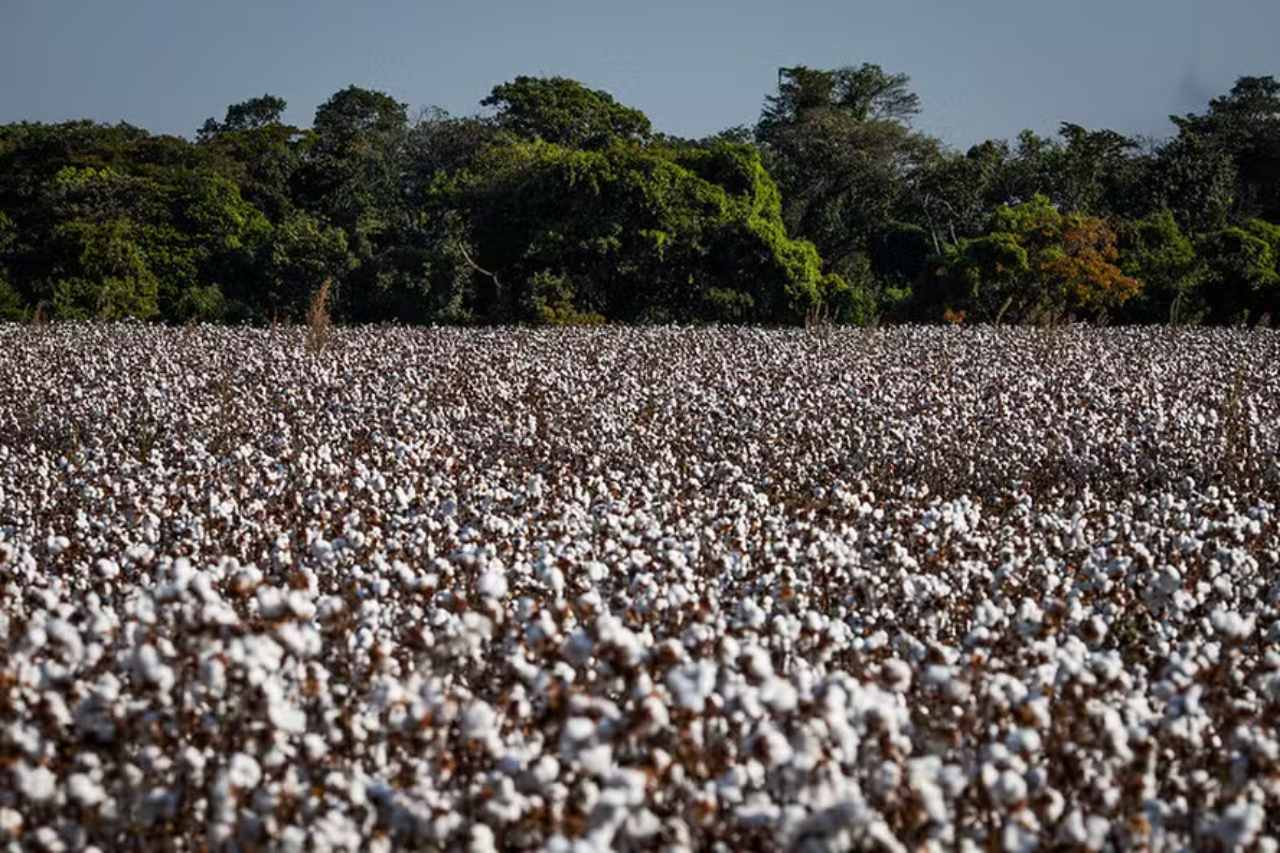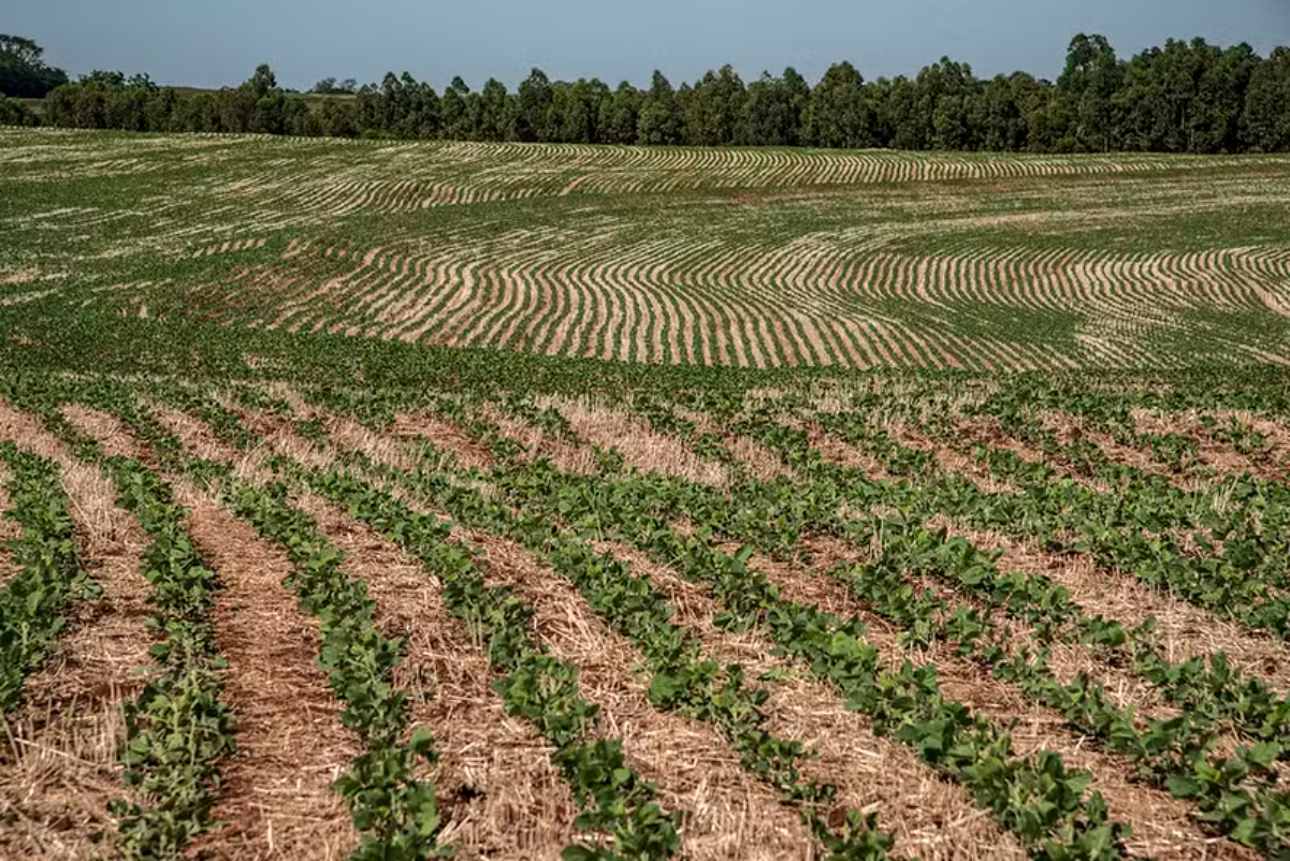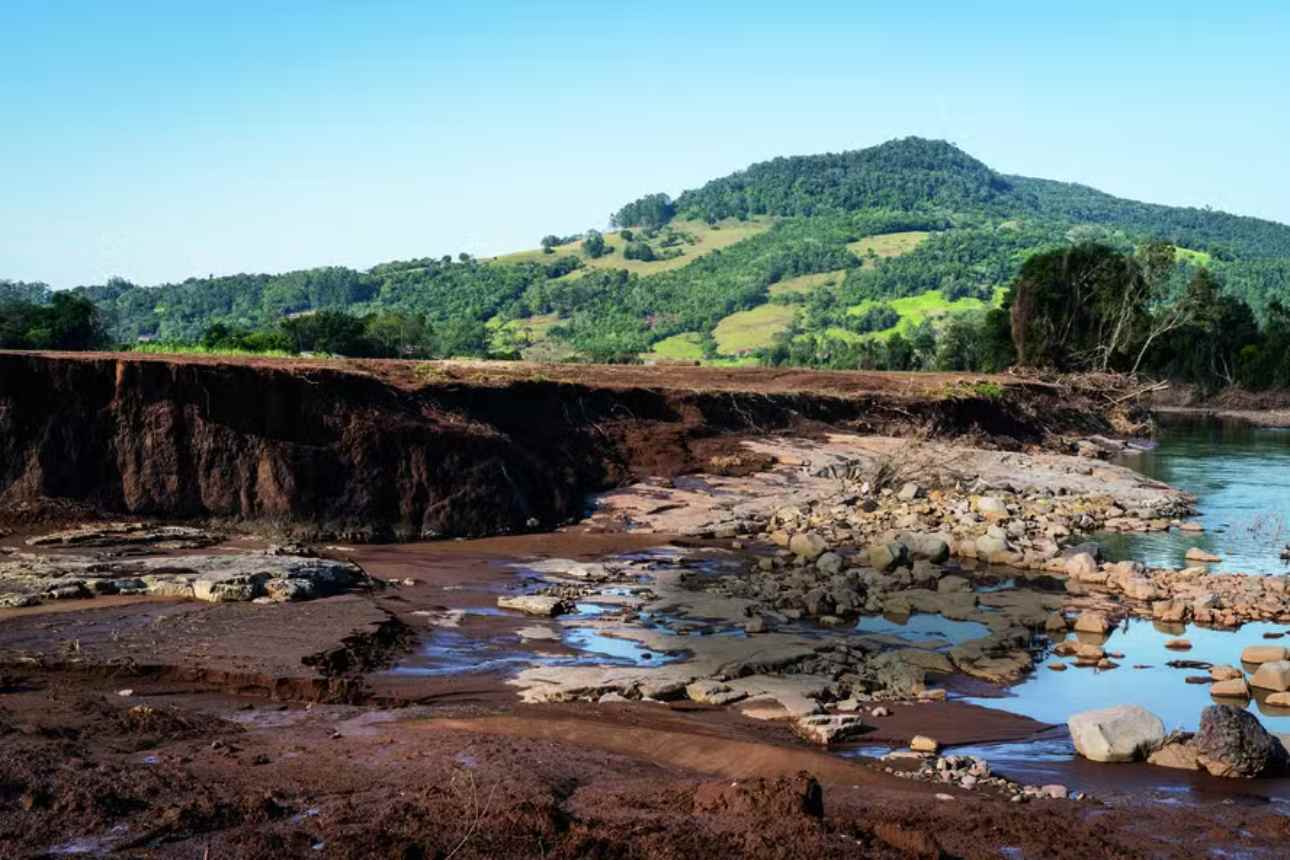Brazil is the largest banana producer in South America and the 4th largest producer in the world. Brazilians consume an average of 25 kilos of bananas per year.
From Carmen Miranda to Tropicalism, the banana is a Brazilian symbol. Not only is it nutritious, but it also holds significant importance in the economic landscape, especially for the agribusiness sector, as one of the most consumed fruits in the country. According to the Brazilian Institute of Geography and Statistics (IBGE)’s Family Budget Survey (POF), each Brazilian consumes an average of 25 kilos of bananas annually. Let’s explore the main varieties!
Nanica Banana (Cavendish)
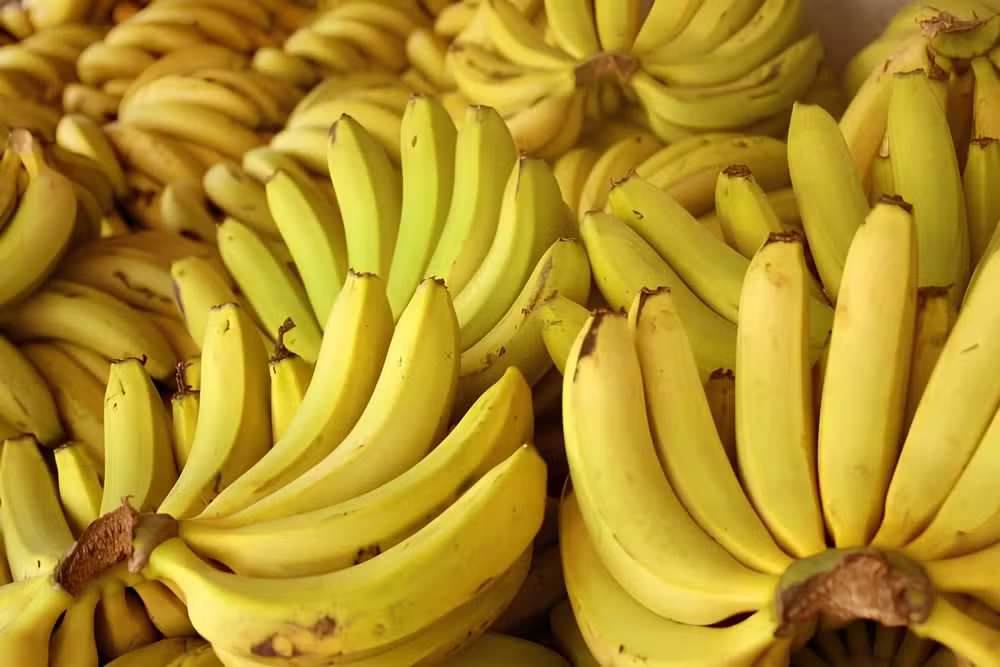
The Cavendish banana, known as the “nanica” banana in Brazil, represents about 50% of global production.
Despite its name, the fruits are among the largest in the banana family. The term “nanica” refers to the height of the banana plant. With approximately 90 calories per unit, this variety is high in fiber and carbohydrates, which support intestinal function.
It is relatively easy to produce and can be found in tropical regions worldwide, including Central and South America, Africa, and Asia. The banana is usually cultivated in large plantations and harvested by hand.
However, the production process is highly dependent on pesticides and fertilizers, which can have negative effects on the environment and local communities’ health. In addition to being a popular fruit, the Cavendish banana is a staple food in many countries, providing carbohydrates, vitamins, and minerals for numerous people.
Prata Banana
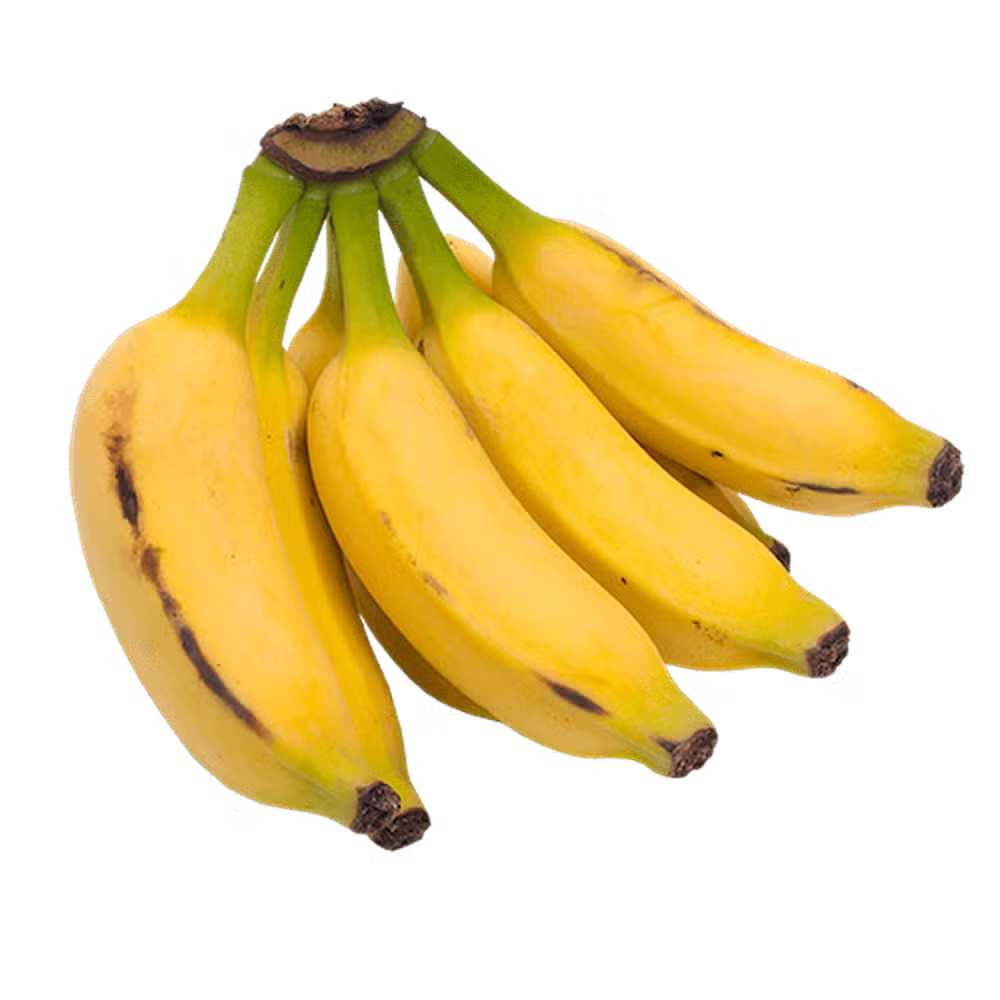
Known for its durability of up to four days, the prata banana has fewer carbohydrates and is less sweet. It was dominant in international trade before the 1950s but was replaced by the nanica banana due to its vulnerability to Panama disease, which affects the fruit.
Plantain
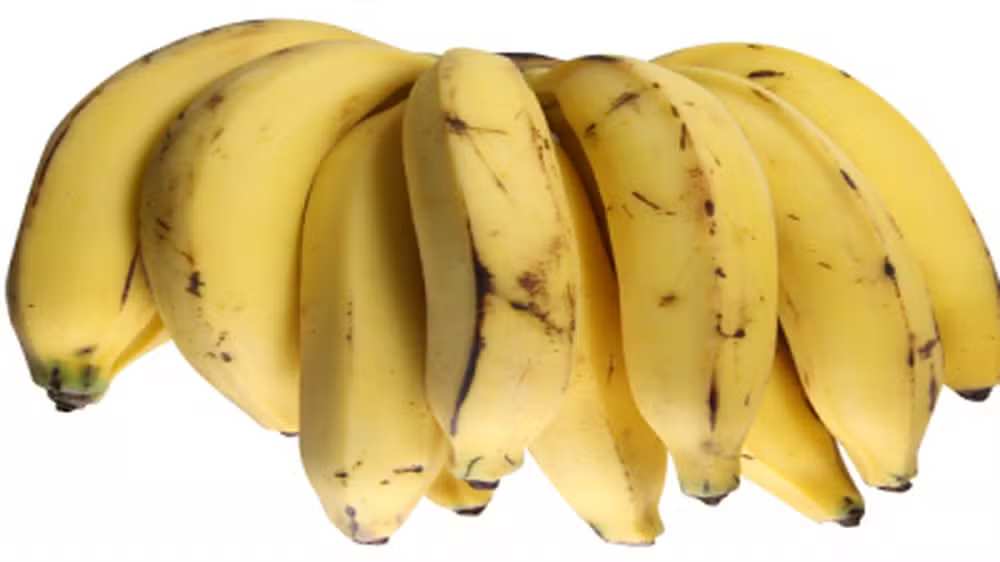
The plantain banana is usually larger and less sweet than the common varieties found in markets. It is widely used as a staple food in tropical regions, particularly in Africa, Central America, and South Asia.
This banana is not eaten raw but is fried, boiled, grilled, or roasted and is frequently used in savory dishes.
Banana-Ouro
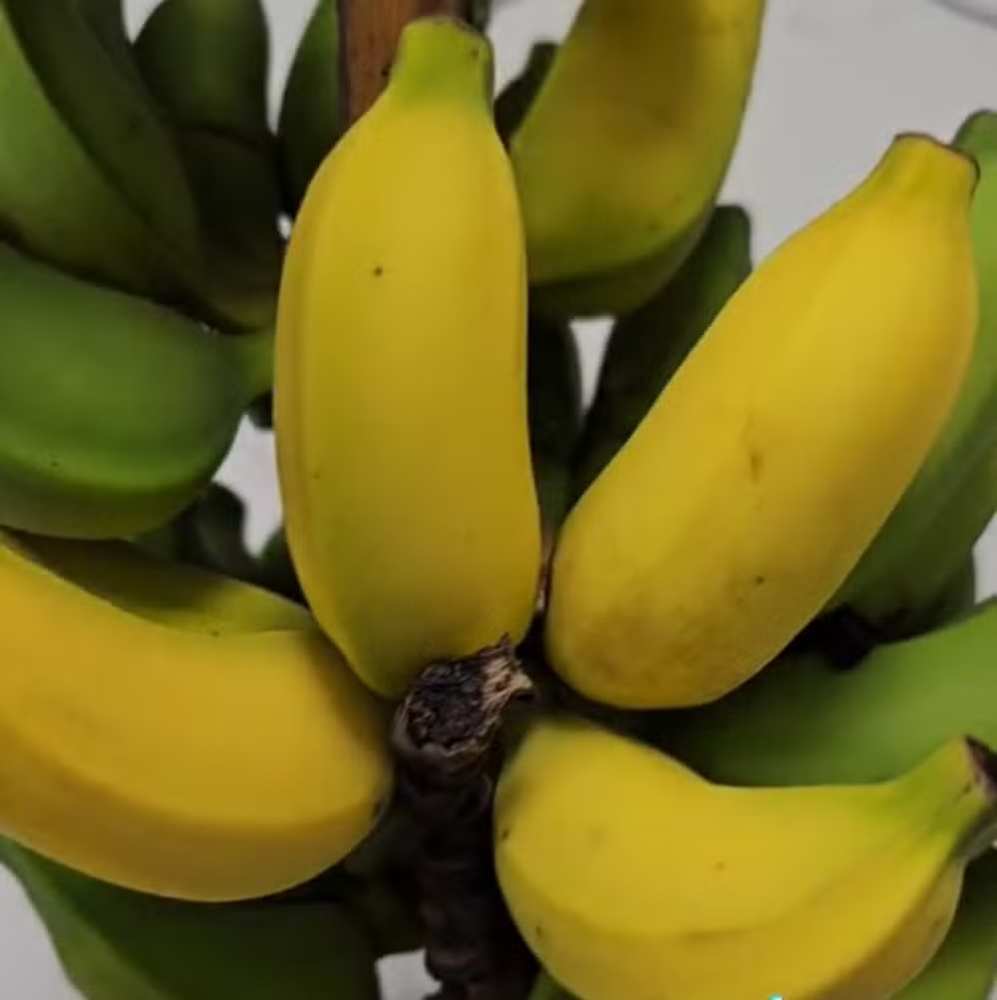
The Lady Finger banana, known locally as “banana de açúcar” or “golden banana,” is a smaller, sweeter, and less caloric variety than others, with a creamy texture.
Commonly used in desserts and as a breakfast item, the banana-ouro is more delicate than other types and should be handled with care to avoid bruising.
Banana Production in Brazil
Brazil alone has more than 455,000 hectares of banana plantations, according to the Brazilian Institute of Geography and Statistics (IBGE), which accounts for approximately 6.8 million tons of bananas. Brazil is the largest producer of bananas in South America and the fourth largest producer globally, behind India, China, and Indonesia.
In terms of direct job generation, there are about 500,000 positions, according to the Confederation of Agriculture and Livestock (CNA). Producers also generate income through handicrafts, both from the leaves and the trunks of the banana plants.
However, some of this production is destined for international markets. According to the Foreign Trade Secretariat (Secex), last year, 83,000 tons were exported, generating $37 million in revenue. The largest importers are the European Union and Mercosur countries.
Top Producers
The climatic conditions allow bananas to be cultivated from north to south throughout Brazil all year round, with the Northeast region being the largest producer, accounting for 34% of the national production, according to IBGE. São Paulo is the top banana-producing state, with 1.06 million tons.
Where Does Brazilian Banana Come From?
| State | Production (tons) | Cultivated Area (hectares) |
|---|---|---|
| São Paulo (SP) | 1,062,387 | 49,000 |
| Bahia (BA) | 785,484 | 46,438 |
| Santa Catarina (SC) | 657,495 | 32,000 |
| Minas Gerais (MG) | 561,851 | 39,000 |
| Pernambuco (PE) | 418,000 | 38,000 |
Being a tropical fruit, bananas thrive in warmer climates. According to the Brazilian Agricultural Research Corporation (Embrapa), the ideal temperature for the normal development of commercial banana plants is around 28°C, with the optimal range for rational crop management being between 15°C and 35°C.

